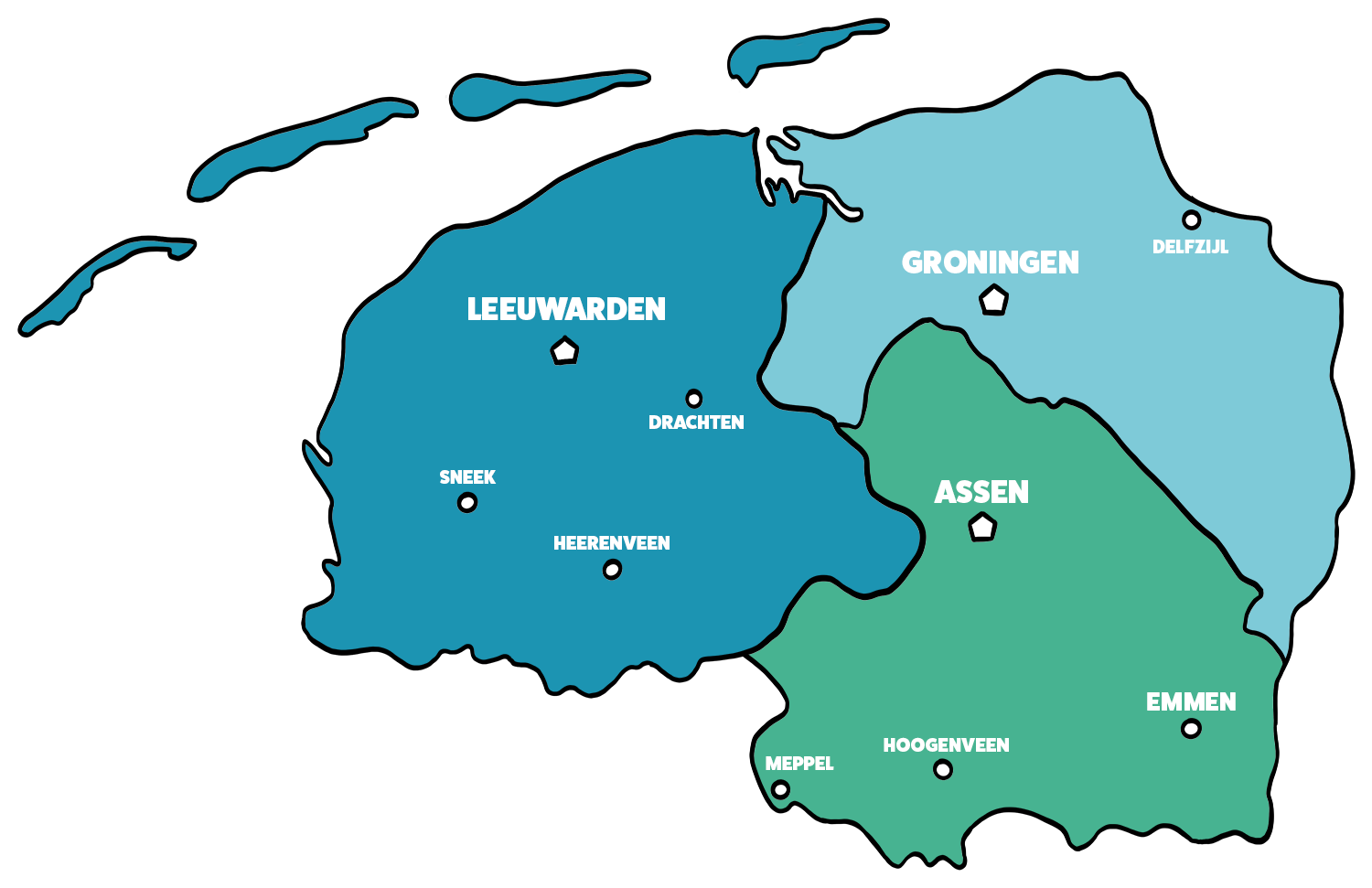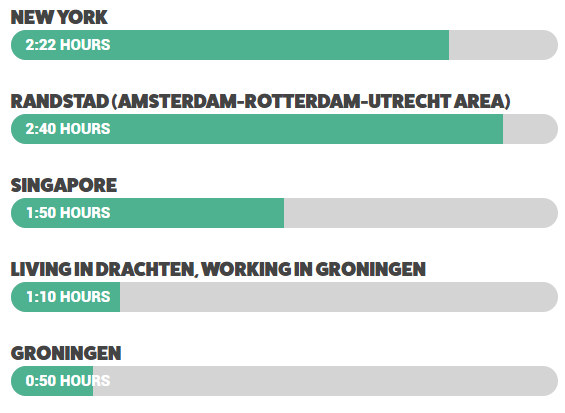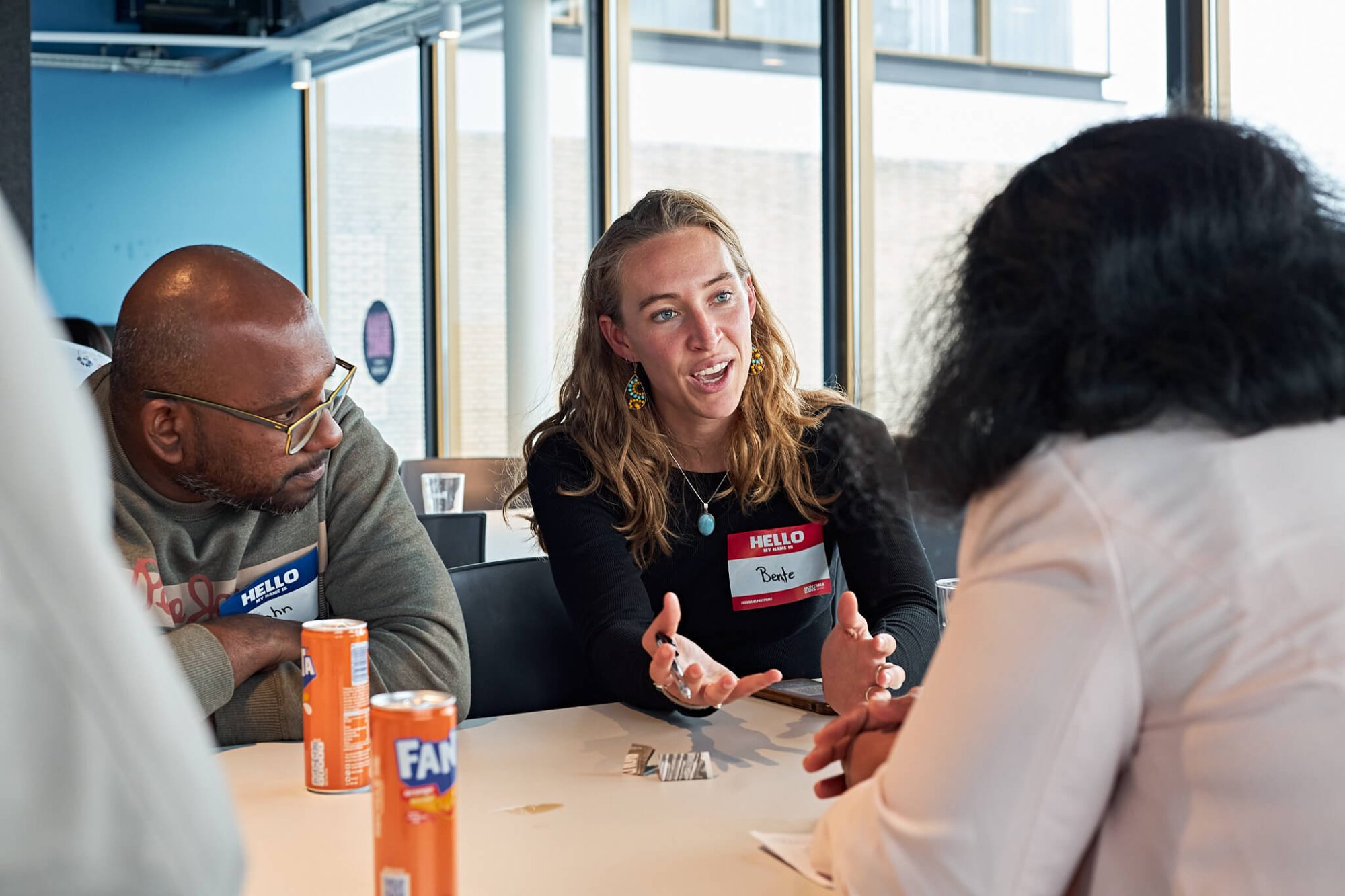How to Send an Open Application in The Netherlands
Want to apply for a job but there is no open vacancy from the company? Then open applications might be for you.

In the Netherlands, not all vacancies are published online. Sometimes your ticket to getting hired is the so-called open application. In this article we’ll tell you all about them.
Let’s imagine you’re currently job hunting. Spending your day here and on LinkedIn looking for a great job opening. But after endless scrolling, this vacancy remains elusive. Or perhaps you’ve found THE perfect company to work at. Their mission or product looks great, or you hear from (former) classmates about the nice work vibe, or one perk sounds better than the next. It’s clear: You wanna work at this organisation. You only see one problem. They don’t seem to be hiring.
This is where open applications come in. Open applications are expressions of interest a person sends to a company they’d like to work for. Most often, this is nothing more than an email with a cover letter and a CV attached.
In the Netherlands, it’s common for companies to be open to receiving such open applications, and it’s very common to send them. This is also how many people — internationals and Dutchies — end up getting hired in the country.
Kristina Altukhova used this exact method when she landed her job in Groningen. Initially, she applied to job ads on LinkedIn for 4 months. She wasn’t exactly sure what she wanted to apply for but knew it was somewhere in the areas of marketing, sales, and human resources. She finally hit the jackpot when she sent an open application to the live-streaming platform Jet-Stream which is based in Groningen and Amsterdam. Ten minutes after sending her initial email, she got a response and eventually was called for an interview.
Kristina’s advice for everyone else is: communicate your real self to the company and be honest. Send open applications while also building your network on the side.
And Kristina is not the only one! Freya Eriksen also started working at Bioclear Earth after her open application was successful.
Do some companies want to receive open applications? Yes. Has it worked for other people? Also yes. Then it’s time to explain how you too can give open applications a shot.
How to send an open application?
If you’re interested in sending your first open application, here’s what you want to do:
1. Make a list of companies you like
Start your research early. Look for companies operating in the sector you’d like to work in. Check out whether the company’s values align with yours. Do you think such a company could benefit from your skills? Digging into their recent vacancies may also reveal helpful nuggets of information. Are their offices located somewhere you’d be willing to commute or relocate to?
TIP: Check out list of international-friendly companies on our website. Check their company profile page to see if they are open to receiving open applications. If yes, you can easily submit it through the form on their profile page.
Average commuting time per day by location, for comparison:


2. Reach out
If you’ve found at least one company that you can picture yourself working at, that's already enough to get started. Now it’s time to make the initial contact.
Since you’ve already researched the company as best as you can, you know how to adjust your cover letter and CV accordingly. In your letter, be sure to let them know why exactly you’d like to work there as opposed to another company: what appeals to you about their mission, their values or about what they do. Then delve into the skills, education, and work experience you’ll be bringing to their table. Perhaps you also have a portfolio of your work that you can share with them. Make your application personal to the company. Copy-pasting the same letter to all of them greatly reduces your chances of getting a reply.
Be sure to send your email to someone that’s likely to open it. There’s no guarantee that an open application will work, but the email won’t get you far if no one reads it. If you can find the direct email of a hiring manager, recruiter or HR person, that’s usually better than sending it to the general inbox. You can also look for the company’s recruiters on LinkedIn and connect with them there.
The Netherlands is seeing a growth in the number of SMEs (small and medium-sized enterprises with a minimum of one employee and a maximum of 250). A good number of these SMEs can be found in Groningen, Friesland, and Drenthe. It might take some courage, but looking up who the CEO is and sending them an open application could also work.

Photo: RUG
3. Follow up and follow through!
People are busy and your initial email may have fallen through the cracks. There’s nothing wrong with giving them a call and sending a polite follow-up email if you haven’t heard back from them in 1-2 weeks. If you do manage to get through and are invited for a conversation, be sure to prepare. Check again what you sent them in your letter and CV, and think of more things you could tell them that will give them a good idea of why you’d fit with their company.
You might get lucky and get a response from the first company you email, particularly if you have skills that are in high demand. However, it usually takes a few attempts of sending open applications until you’re successful. So don’t give up!
Here are also a few tips that can help you along the way:
Tips
- PERSONALIZE YOUR OPEN APPLICATIONS. Each company knows immediately if you've copy-pasted the same application email to them as you'll have done to many other companies. What you're signaling by doing this: "I don't really care to work for YOUR company, I'll work anywhere". Make it specific and personal to why you want to work at their specific company, and you're much more likely to get a reply.
- Manage your expectations. Sending an open application to the general email inbox of a multinational company is less likely to work than a super personalised message to a manager of a small company.
- Leverage your network - do you personally know someone who happens to work at the company you’d like to work at? Would they be willing to take your CV to a hiring manager, or are they OK with you name-dropping them?
- Brush up your skills on how to craft the perfect CV and cover letter
- Make yourself easy to find for recruiters by updating your LinkedIn profile
- Never stop building your network
- Make sure you’re well well-prepared, if you got invited to an interview
- Browse the companies on Make it in the North and see which ones are happy to receive open applications
- Fill out our company culture matchtool to find out what organisations in Groningen, Friesland and Drenthe align with your preferences and values
Ultimately, successful open applications boil down to creating and delivering the ultimate pitch. You have to sell yourself and your skills to a relevant audience that’s willing to listen. As with many things related to job hunting, there’s also an element of luck involved.
Text by Christoph Schwaiger






